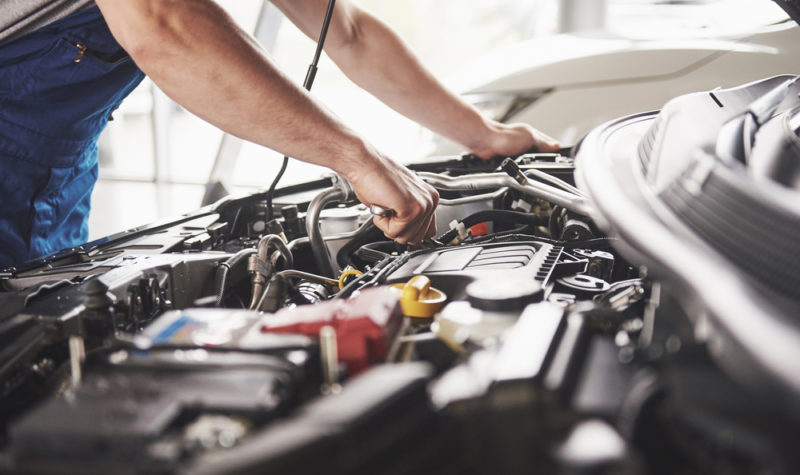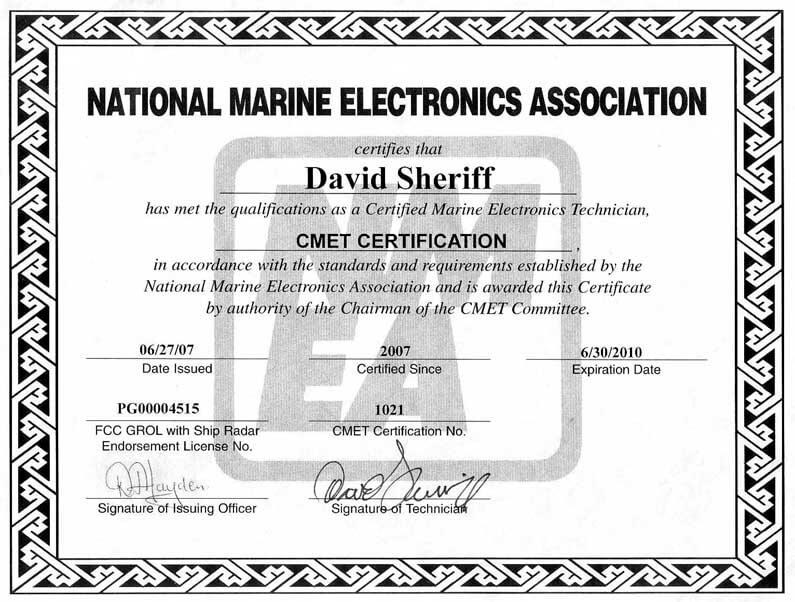
OEM car parts are manufactured by a manufacturer other than the one that made your vehicle. OEM parts replace the original part in your vehicle's factory. However, you should know that aftermarket parts are often inferior to OEM parts. If you are planning to buy OEM parts, there are many things you should consider before you make your purchase. OEM parts are more expensive than aftermarket parts. This is because the manufacturer makes them. OEM parts tend to be more expensive so you may spend more on your new car.
Aftermarket parts
While most new cars use only Original Equipment Manufacturer (OEM) parts, you may have wondered how these are different. Aftermarket parts are produced by a different manufacturer than the one that built the vehicle. However, they have the same function. These parts can be used to replace OEM parts when needed. Many people actually use aftermarket parts to maintain and repair their cars. It is up to the buyer to decide which one they want.
Aftermarket parts can add to the performance of your vehicle and increase its durability, while OEM parts may not have the same warranty. Because a single company has millions of parts, it is easier to find aftermarket parts. Besides, OEM parts may not be stocked at your local mechanic's shop. You will ultimately make the decision to buy aftermarket parts based on your requirements.

OEM parts
If you're looking to buy car parts, it's worth checking out the original equipment manufacturer (OEM) and original equipment supplier (OES) labels on the parts. The first refers to the original manufacturer of the part, while the latter refers to the manufacturer. OEM car parts are typically more expensive than OES parts. The only difference between OES and OEM parts is their cost. OEM car parts are a better way to invest in your vehicle.
OEM parts outperform aftermarket parts in terms of quality and performance. They are also guaranteed to fit your car the same way as the original part, meaning less hassle for you. The manufacturer guarantees its quality and will stand behind it. You can be sure that the part will fit correctly and last longer. In case of an issue, OEM parts come with warranties. OEM parts can be purchased at an authorized Toyota dealer.
Used parts
OEM parts are the original parts made by the manufacturer of your car. These parts are designed to fit the exact specifications of your car and are guaranteed to function. OEM parts are cheaper than buying aftermarket parts. OEM dealers can help you purchase a new brake system for your vehicle. They also last longer that aftermarket parts. There are some things you need to know before you buy them.
Check the quality of the part first. OEM parts tend to be of higher quality and are more compatible with your car than aftermarket. OEM parts come with a guarantee against defects. OEM parts are often expensive. You should not use them unless you have the funds. But, insurance companies sometimes won't cover OEM parts if you don't ask. Be sure to verify with your insurance company before you buy aftermarket part.

Original design manufacturer
Original Design Manufacturer (ODM), refers to the company who designed the part for the client. This is distinct from the Original Equipment Manufacturer (OEM), which produces the product in bulk. ODMs could provide the seats for Ford or even the entire car. The key differences lie in finance, design, as well as distribution. Let's examine each one individually. If you are interested in becoming an ODM, here are some things to know.
Consider first the advantages of working with an OEM. Parts manufactured by a company for another company are sold through a network authorized distributors and service providers. Car parts are an example. They are called original equipment components. OEMs can also design and produce their own products. MOPAR (which stands for motor parts) was once Chrysler Corporation's primary manufacturer of parts for cars. Stellantis now uses MOPAR as their primary OEM retailer.
FAQ
What is the difference?
They are both similar, but not identical. A mechanic repairs cars and an automotive technician performs maintenance.
A mechanic must be skilled in manual dexterity and able to complete simple tasks quickly. They should be able to accurately diagnose problems and repair them efficiently.
An automotive technician needs to be more technically skilled than a mechanic. They need to be able use tools such drills and wrenches, and read blueprints.
They must also be able to carry out complex procedures safely. They should also be familiarized with the different types of engines as well as electrical systems.
They must also be able to understand how various parts interact with each other.
As a result, a mechanic usually earns less money than an automotive technician. Both careers have many options.
Is it worth being a mechanic.
The answer to this question depends on what you want from life if you are looking for money, then yes, but if you're looking for meaning and purpose, then no.
It's not worth learning mechanics if you don’t have the skills. You'll waste your time. It will not make you rich. It will not make you famous. You won't be famous.
It would take you years to learn how to do everything correctly. You would still need to hire someone to fix your car if it breaks down. Most people avoid doing this. They find something else to do.
In conclusion, if money is your main goal, you should go ahead. You can't live a meaningful existence if your goal is to make a living in the mechanic's business.
How do I fix my vehicle as a hobby?
Take up a hobby in car repair if you have an interest. You can learn to fix them, buy them parts, and even sell them. If you are looking for something more, it would be an excellent hobby.
However, it's not easy to turn this into a full-time career. It requires a lot of hard work and dedication. Also, you will need to put a lot of money into it.
It is best to avoid getting involved in car accidents unless you have good reasons.
What do I need to know about car mechanics?
To be an auto mechanic, you don't have to know much about cars. All you need to know is how to fix things. This is why most people get started with simple jobs such as changing brake pads or tires. Then they move on to more difficult repairs.
You'll need to know how to read diagrams, understand written instructions and follow basic rules of good practice. You'll also need to be able to judge whether parts need replacing or repairing.
It is important that you have proper training and guidance before you attempt to repair vehicles. This is especially true if your job involves expensive parts like transmissions or engines.
Although you won't be required to know much about cars you should have a solid understanding of the fundamentals and principles of mechanical engineering. This will include understanding the basic principles of engine operation and brake function.
It is also important to remember that you will need to be able to handle many situations. One example is when you could be working on a vehicle involved in a serious crash. Also, you'll need to be familiar with dealing with accidents or breakdowns.
You must also be willing to learn quickly. It is important to be able both to diagnose problems and perform simple maintenance tasks, such as tightening nuts.
How can I prepare for a apprenticeship as a mechanic?
It is essential to understand what you are getting into. You need to understand the mechanics of cars and how they work. You will be able to know exactly where to begin when you arrive at the garage for your first day.
You should also know how to fix common problems such as tires or broken lights.
This will teach you how to diagnose problems and fix them yourself.
You'll also need to know how different parts fit together to put them back together again.
Finally, it is important to know how tools can be used safely and efficiently.
These are all things that will make you a competent mechanic.
Is it difficult to become a mechanic apprentice
It's not easy, but you learn fast, and there are many opportunities for advancement.
You will need to be patient and persevering. You should also be able to repair cars, trucks, and motorbikes.
Customers and family members will put pressure on your shoulders to help you succeed. However, you shouldn't be forced to make difficult decisions.
If you enjoy fixing cars, it could be a great career choice. It's a job where you can earn a decent salary and build up your business.
You might choose to take a different route. If this is the case, you might want to become a technician.
This could involve using your technical knowledge to support other employees. This could be a way to help technicians with their problems or to teach them new techniques.
Another option is to become a service advisor. When customers bring their cars into a garage, they will receive advice and assistance.
It all depends on your goals. There are many options and you have the ability to choose the one that is right for you.
Statistics
- 52% of Mechanics in the United States think their salaries are enough for the cost of living in their area. (indeed.com)
- According to the BLS, the median annual salary for automotive service technicians and mechanics in the United States was $44,050 in May 2020. (uti.edu)
- The U.S. Bureau of Labor Statistics (BLS) reports that the job outlook for automotive service technicians and mechanics is expected to decline by 4% from 2019 to 2029. (indeed.com)
External Links
How To
How to properly diagnose your vehicle for repair
You should first examine the symptoms your car is showing to determine if it requires repairs. Then, follow these steps to diagnose your vehicle properly.
-
Check engine lights. Check the dashboard light indicators such as the engine light indicator, the oil pressure gauge, the battery light indicator, the coolant temperature gauge, and the RPM gauge. If they have been flashing for more days than usual, it could be a sign that something is wrong with the vehicle.
-
Take a look at the treads. Tire wear can lead to problems in handling and brake performance. You should also inspect the wheel treads. They should be clean, and they should be smooth. The best way to do this is to remove the wheels and take them off. You can check the tread wear with a flashlight.
-
Monitor the level and consistency of your brake fluid. You should always keep track of the amount of brake fluid in your vehicle. This will ensure that your brakes run smoothly. If the brake fluid level is low, your brakes might fail when you apply pressure to them.
-
Test the suspension system. Most vehicles have a suspension system that absorbs shocks and vibrations. It improves control and allows for smoother accelerations or decelerations. You might notice a wobbly feeling or uncontrollable shaking in your vehicle if it has a problem with its suspension. Try putting some weight on your front or rear axle to determine if you have a suspension problem.
-
Examine the steering column. Steering columns are used to connect the steering wheel to the rest of the vehicle's components. Steering columns can be damaged by accidents. Replace it if your steering column feels loose or unsteady.
-
Observe the exhaust pipe. Exhaust pipes move gases from combustion chamber to atmosphere. You can let harmful fumes into your home if your exhaust pipes crack or leak. It is also important to repair any bends in your tailpipe immediately.
-
Look under your hood. To check for unusualities, look under the hood. Your engine could be leaking fluids. You should also contact a professional technician if there is an unusual odor coming from the engine compartment.
-
Make sure to check the air filter. The air filter in your vehicle collects dirt and dust from the environment. A dirty air filter causes your vehicle to run poorly. Replace your air filter regularly.
-
Make sure you check the fan belt. Your vehicle's fanbel is what connects the engine and the transmission. If the fan belt is damaged, the engine won’t turn. It is very easy to replace your belt. All you need is a screwdriver and some pliers.
-
Check the radiator hose and hoses. The radiator hose is used to carry water from the radiator to your engine. It can crack or become damaged and leak hot liquid onto an engine. Repairing the hose is easy with a pair of needlenose pliers or a small wire brush.
-
The windshield wipers should be checked. Windshield wipers use electricity to remove snow and rain. If they stop functioning, they can leave streaks in your window glass. You can fix the problem by changing the washer fluid.
-
Verify the condition of your battery cables. The battery cables supply power to your car's electrical systems. When you replace batteries, make sure to disconnect the negative cable first. Failure to do so can damage your alternator.
-
Be sure to check your headlights. Headlights help you see the road ahead. They can make it difficult to see if they stop working. You can check the bulbs to make sure they aren't burned out.
-
Always check your lights. Lights warn other drivers when you approach them at night. One that doesn't work could cause you to be distracted, and possibly lead to an injury.
-
Check your brakes. Brakes slow down your vehicle before a collision. You could lose control of the car and cause a crash if they don't work properly.
-
Check the oil regularly. Your engine will stay lubricated by the oil. It prevents metal parts from rusting too quickly. Changing the oil every month is recommended.